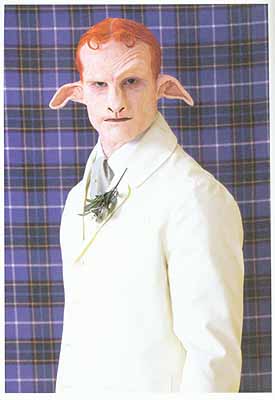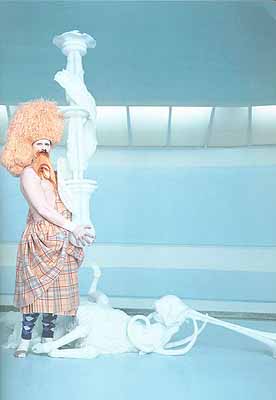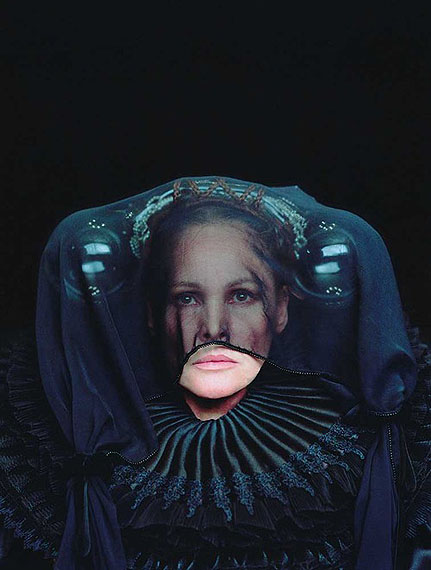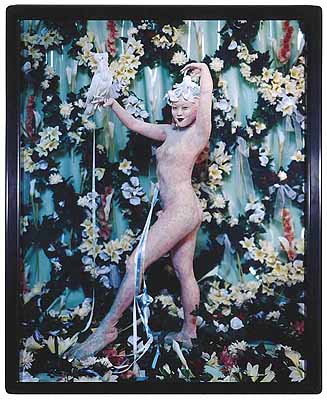
Matthew Barney »
The Cremaster-Cycle
Exhibition: 13 Sep – 7 Dec 2003
Astrup Fearnley Museum of Modern Art
Strandpromenaden 2
0252 Oslo
+47 22-936060
Tue-Fri 11-17 . Thu 11-19 . Sat,Sun 12-17
The art of Matthew Barney (b.1967) has been referred to as a paradigmatic example of the shift from the art scene of the 1980’s to that of the 1990’s. While 1980’s artists played upon a glamorous and trendy rock-star image, Barney became a symbol for the “outsider” of art at the beginning of the 1990’s. From his background as an athlete, a model and a medical student, together with inspiration from 1970’s conceptual and performance artists such as Nauman, Beuys, Burden and Acconci, he explores the limits of physical endurance. At the same time he develops a strange and complex cosmology peopled by both modern and magical figures. His art work reflect personal mythologies expressed through a universal subject: the human body. This new way of figuration yields a reinvigorated understanding of the subject’s space in society. Barney places the body into a syncretic context of classical mythology, religion, history, American Pop Art and Hollywood – thus it becomes a cultural product, a model for creative thinking which meaningfully and visually communicates that complex reality we ourselves have created. Barney was trained as a sculptor, yet in his works the sculptural elements are generally incorporated into larger contexts. This year he has completed his film series Cremaster 1-5 (five films, not produced chronologically), and he is due to make a large Cremaster-tour throughout Europe and USA. The films are documentations of ritualistic athletic exploits, magical transformations and gender audience. Each film has a central problematic, just as do classical myths; the protagonist is forced to overcome a series of increasingly difficult challenges before he/she reaches the goal. In the films, each detail and prop has a specific part to play. After the film is completed, the sculptural objects from the filmsetting are exhibited as installations, which Barney describes as the secondary stage of the art-project. Photographs – film stills and arranged photos – comprise the third stage, and Barney considers that the work is not finished until all three stages are completed. The experience viewers have of the photographs becomes a reconstructing act of the film’s private events, which can never be completely experienced or understood. Cremaster-Cycle shows the defining contours of sexuality as changing; in the same way as the human body and the limitations of social spaces continuously expanded. ‘Cremaster’ is the anatomical term for the muscle that affects the testicles (as a reaction to external stimuli, such as cold or fear) and which, in the embryonic stage, signals the first distinction between female and male sexuality.


